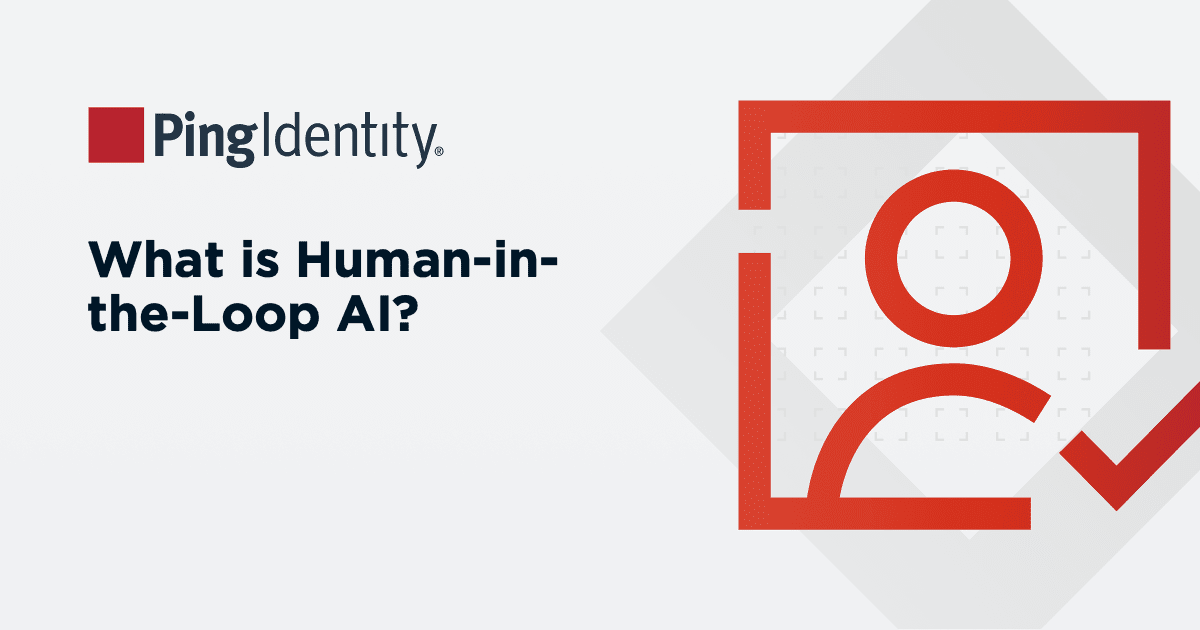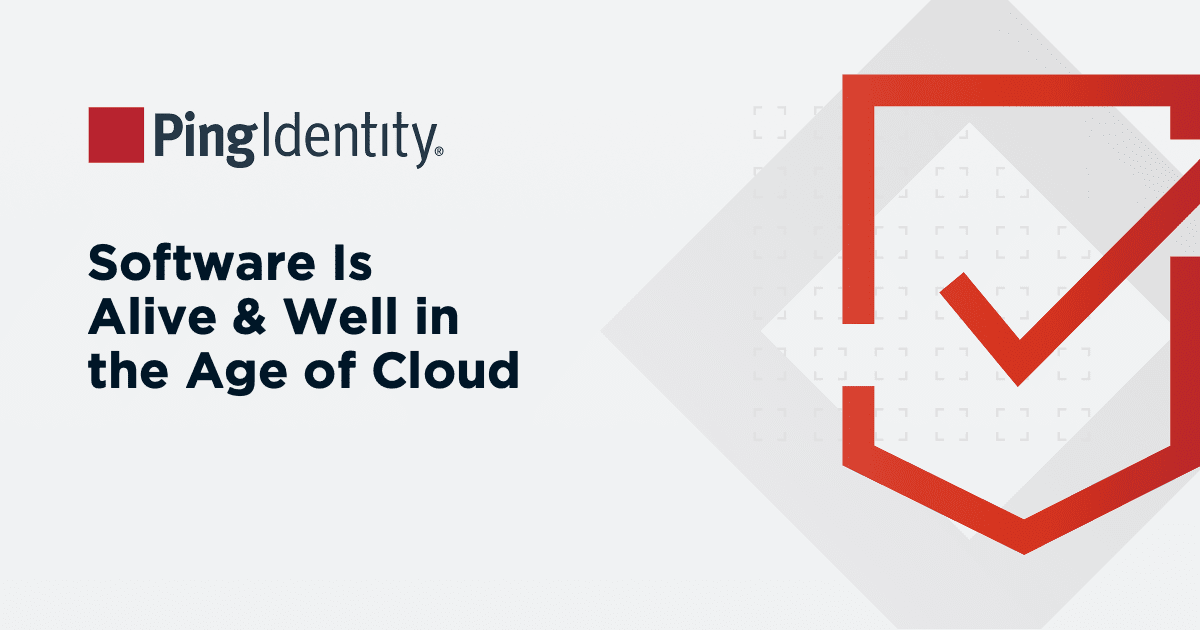1. Simplify the Checkout Flow
The more steps a customer must complete to place an order, the more opportunities you give them to drop off. Streamlining the flow to as few pages and fields as possible can significantly increase conversions. Use a single-page checkout when feasible.
2. Leverage Progressive Profiling
Do away with long checkout forms and collect only essential information upfront. Ask customers for additional details only at the point when they are needed. Build rich customer profiles gradually over time to lay the foundation for later personalization without overwhelming users into abandoning their carts.
3. Provide a Progress Indicator
Letting customers know where they are in the process reduces uncertainty. A simple progress bar or numbered steps (e.g., Shipping > Payment > Review) gives shoppers confidence and a sense of control, increasing their willingness to complete the process.
4. Offer Multiple Payment Methods
One-size-fits-all payment options no longer cut it. From digital wallets to buy now/pay later services, offering flexible payment methods helps meet diverse preferences—especially across different demographics and geographies.
5. Mobile Optimization
With mobile commerce accounting for a significant share of online purchases, your checkout process must be responsive, fast, and touch-friendly. Simplify input fields, use larger buttons, and ensure payment options like Apple Pay or Google Pay are easy to access.
6. Display Trust Signals
Trust is a make-or-break factor at checkout. Prominently feature security badges, SSL certificates, and customer reviews to reassure shoppers. Additionally, integrating identity services like Ping Identity ensures secure authentication. Multi-factor authentication (MFA) adds another layer of trust, letting customers know their data is protected—consider choosing MFA methods such as biometrics that are easy to use and foster a greater sense of trust.
7. Transparent Shipping Costs
Surprise fees at checkout are one of the top reasons for cart abandonment. Be upfront about shipping costs as early as possible in the journey. Consider offering free shipping thresholds to increase order value and reduce bounce.
8. Keep the Experience Distraction-Free
Once a customer begins the checkout process, your goal is to get them to the finish line with as little friction as possible. Remove unrelated links, pop-ups, and promotional banners that can pull them away from completing the purchase.
9. Enable Real-Time Support
When shoppers encounter uncertainty or issues, having instant access to support can be the difference between a completed sale and an abandoned cart. Live chat, AI-powered chatbots, and contextual help can assist users without taking them out of the flow. IAM also supports secure verification in live chat scenarios, helping agents resolve issues faster.
10. Use Autofill and Validation Tools
Autofill options for addresses and payment info save time, while real-time field validation helps prevent errors. Together, these tools reduce friction and prevent customers from abandoning the process due to form fatigue or input errors.
11. Highlight Value Propositions
Remind shoppers why they should complete their purchase. Display benefits like free returns, loyalty points, or limited-time offers prominently on the checkout page. These subtle nudges can help overcome hesitation.
12. Optimize for Returning Shoppers
For repeat customers, checkout should feel like second nature. Store shipping and billing details securely, offer social login options, and extend user sessions with passive security checks to keep users signed in longer. Not only does this speed up the process, it makes returning feel effortless and measurably increases the likelihood to purchase.
13. Incentivize Purchases
Add urgency with time-limited discounts, free gifts with purchase, or bonus loyalty points. These incentives provide the extra push that some customers need to complete the checkout.
14. Allow Customers to Save Carts
Life happens. Let customers save their cart for later and re-engage them with reminder emails or targeted offers. This approach respects the shopper’s pace while keeping your brand top of mind.
15. Personalize the Experience
Use shopper data to deliver personalized product suggestions, apply loyalty discounts, or offer shipping recommendations based on past behavior. A checkout that reflects the shopper’s preferences is more likely to convert.


